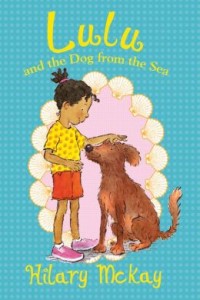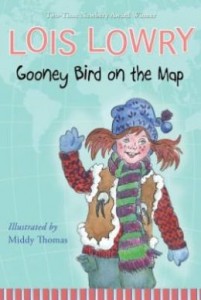Written & Illustrated by John Himmelman
Frogs sing when they are together, but did you know that only the male frogs sing? Second grade readers will be thrilled to find out this and other fun facts about frogs and their loud singing voices. Second grade level readers will be able to read Noisy Frog Sing-Along independently yet the book will be enjoyed by younger readers who have it read
aloud.
Second grade teachers and parents will appreciate the scientific facts that will enhance lessons in the second grade classroom. The author also includes several activities that can be used to compliment lessons on frogs, nature, and the environment. More information on this book and other nature books by this author is available to parents and teachers at www.johnhimmelman.com which includes a list of books and programs on singing amphibians and insects. What second grade teacher doesn’t appreciate additional information to enhance a lesson plan?
Noisy Frog Sing-Along is more than a silly picture book about frogs making throat noises. It is a great addition to any second grade classroom or home school collection. The text is
simple, the illustrations are interesting and engaging, and the additional scientific facts make this a great book for the second grade reader.
More information: www.nature@dawnpub.com










